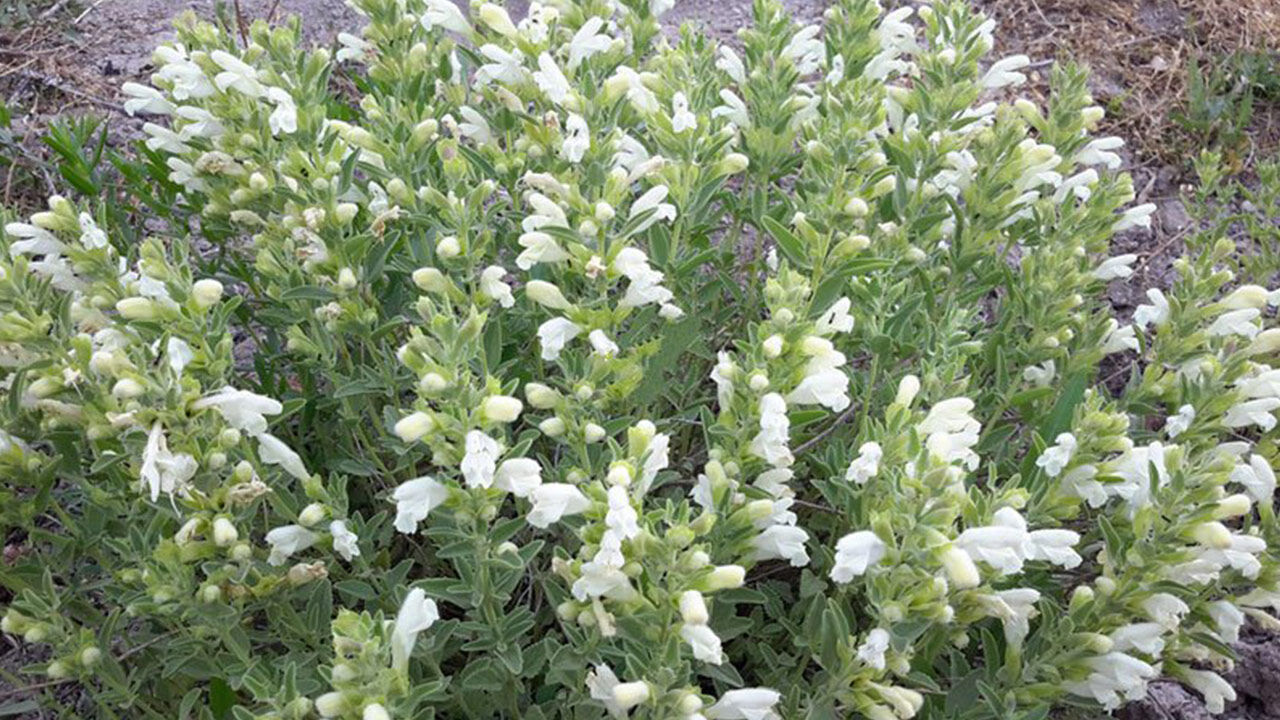Anti-cancer herbal compounds today have attracted the attention of many researchers and artisans in the field of pharmaceuticals and cosmetics, due to their lower side effects compared to chemical pharmaceuticals, but very little production of the compounds in the plants have made it costly to operate scientifically these plants; now researchers at Orumieh University have succeeded in using nanotechnology to address this problem.
Dr. Bahman Hosseini, a faculty member of Orumieh University pointed to the anti-cancer compounds produced in the Dracocephalum kotschyi, and said that two compounds of Xanthomicrol and Cirsimaritin can be considered as the most important plant-based anticancer compounds that are produced at very low concentrations in the structure of the Dracocephalum kotschyi. "In the present design, we were able to increase the production of these compounds by up to 3-fold using nanoparticles."
He added that the precious medicinal metabolites are produced in very small quantities in plants that need to be planted in large quantities or harvested from natural sources, which may result in habitat destruction or plant extinction. But using biotechnological methods will not only require extensive planting or harvesting of the plant's natural habitat, but can also produce several times the amount of a plant compound in the laboratory.
Hosseini pointed out that at present in the world, special attention is paid to the methods of cell or plant organ culture in the laboratory for the production of medicinal compounds, which can induce and produce capillary roots as one of the most effective methods. In addition to capillary root production, the use of stimuli to stimulate plant tissue to produce valuable compounds is expanding. In the present design, we have used silica nanoparticles as a stimulant to stimulate capillary root of the plant.
9455**2050
Follow us on Twitter @IrnaEnglish



Your Comment